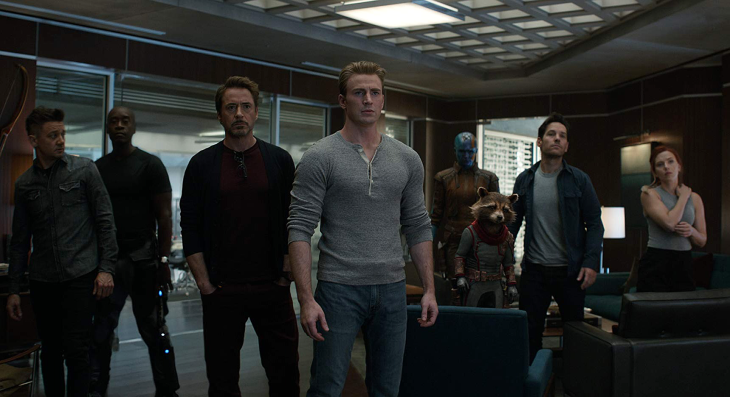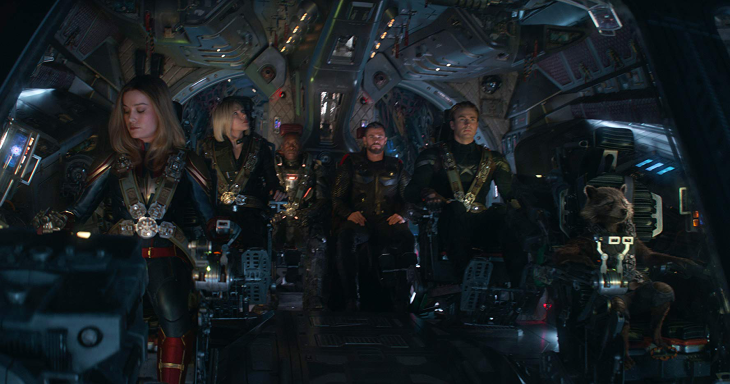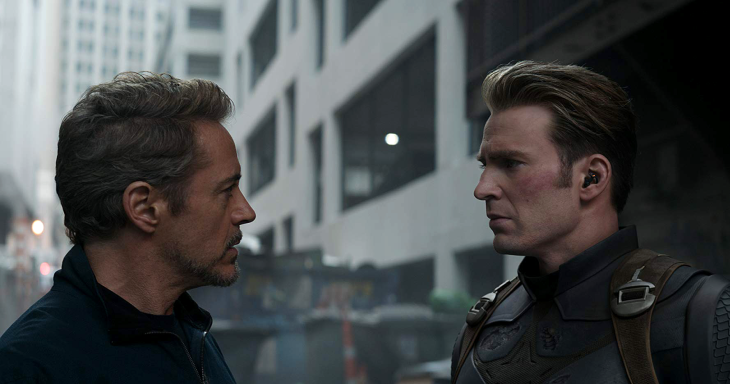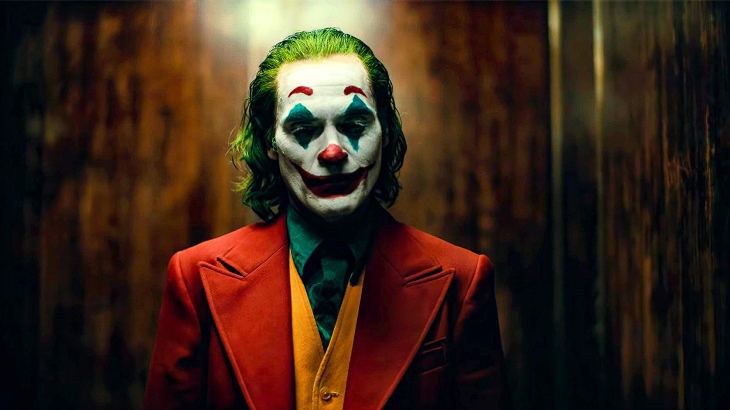
© Warner Bros.
When Warner Bros. announced their intention to develop a film based on the classic Batman villain the Joker, many people understandably scratched their heads – the Joker of course being a character whose origin never really mattered. His personification of chaos never relied on justification, nor sense, and had been treated that way in the comics for years; every time a writer gave the Clown Prince of Crime an origin story, it wouldn’t be long before that would be dismissed as a fallacy. Couple that with Todd Phillips being at the helm – a director best known for the at-times-amusing, at-other-times-appalling Hangover series – and Joker seemed like a truly bizarre, perhaps destined to fail, idea. Perhaps fitting for the character, in a way?
But that perspective seemed to shift when three-time-Oscar-nominee Joaquin Phoenix signed on to play the titular super-villain, followed soon after by actors such as Robert De Niro and Frances Conroy in supporting roles. It seemed Joker was aiming to be unlike anything else the superhero genre had produced; something less about spectacle and more about human, character-driven storytelling. This was all but confirmed when the film won the Golden Lion at the Venice Film Festival earlier this year, and garnered an 8 minute standing ovation to boot. Now, a little over two years since the film was first announced, Phillips’ Joker is now in cinemas. And it is without a doubt one of DC’s most human, gripping and complicated films.
Joker follows Joaquin Phoenix’s Arthur Fleck, a struggling wannabe-comedian living in Gotham City in 1981. Joker‘s Gotham, typically, is a crime ridden cesspit, on the brink of collapse to riots and uprising. Fleck suffers from a neurological condition that makes him prone to outbursts of uncontrollable laughter, which coupled with his numerous mental illnesses leaves him very much a social outcast. Fleck has little in the way of friends, and lives with his ailing mother (Conroy), whose ill-health forces Fleck to be her caregiver. Fleck’s dreams of an illustrious career as a comedian are hampered by the fact that he just isn’t funny – and in fact, many of Fleck’s more comedic moments come from moments where he isn’t trying to be.
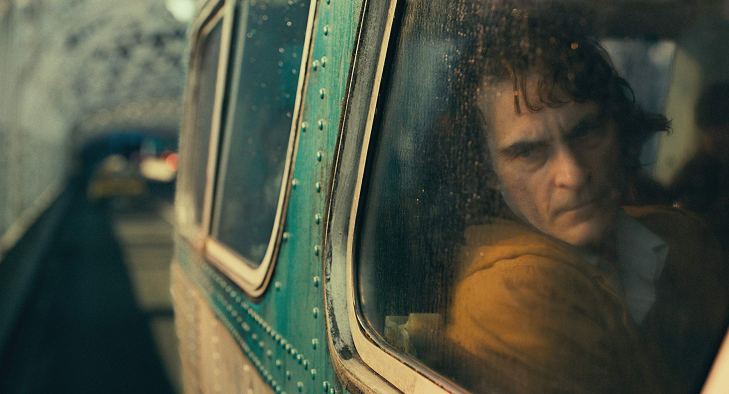
© Warner Bros.
Phoenix shines in the titular role, disappearing completely into the role of Arthur Fleck; from the voice, to the look (which Phoenix lost 52 pounds to achieve), to the mannerisms and to the laugh, we believe 100% in Fleck as a character, as a human. His journey and his downfall feel plausible and real; despite being based on a comic book character, we never feel like we’re watching the birth of a supervillain, but instead we’re watching the way a man plagued with an array of mental illnesses and continually let down by society finds himself becomes something truly terrifying. The humanity of Fleck’s downfall is arguably more sinister than a more comic-tinged adaptation of the character could ever be; Fleck feels like an echo of any number of mass-shooters in recent American history, a figure that is grounded far more in the reality of today than in the comic book world. In fact, strip away the various Batman elements from the film, and Joker still works just as well.
Also populating Joker‘s take on Gotham are De Niro’s sleazy late night talk show host Murray Franklin, whose show has enamoured Fleck and acts as a primary source of inspiration for his desired career and success; Zazie Beets’ Sophie, a single mother living in Fleck’s apartment building, with whom Fleck grows an unhealthy attraction towards; and Brett Cullen’s Thomas Wayne, a billionaire businessman running for mayor of Gotham City who may or may not have an intimate connection to Fleck. Each of these characters serve largely to further Fleck’s descent into madness; this is truly the Joker‘s story, and so character development for a lot of the supporting cast is forgone in lieu of developing Fleck’s own character. But that’s not to say that Joker‘s supporting characters aren’t well performed, nor that they are wasted; De Niro and Conroy shine in their roles, and Beets and Cullen, in spite of little material, manage to leave an impression and elevate their scenes.
Gotham itself also feels alive, and perhaps for the first time like a real place. Basked in a Taxi Driver-esque blanket of violence and decay, Gotham is a living and breathing city, one driven apart by social inequality and injustice, and on the brink of total collapse – in particular after events that Fleck, rather unintentionally, spearheads. Gotham here feels layered and textured, a city we can picture as more than just a movie set. Hildur Guðnadóttir’s haunting score brings the city and its unrest to life beautifully, with its melancholy cello bringing the chaos and instability within Fleck’s head to life, drowned out as the film goes on by a building orchestra, mirroring the uprising in Gotham and Fleck’s turn to violence.
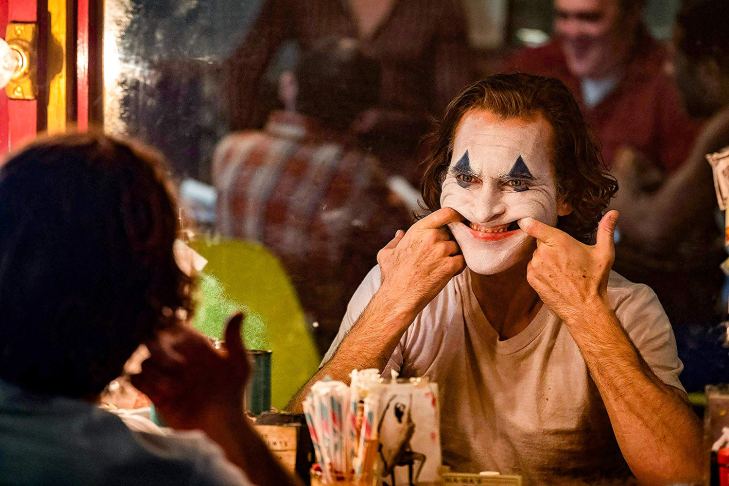
© Warner Bros.
There’s been much said in recent weeks about the dangers of a film like Joker; a number of survivors and family members of victims of the 2012 Aurora Colorado shooting at a midnight showing of The Dark Knight Rises, carried out by a gunman dressed as the Joker, have spoken out against the film, and many critics have expressed concern with attempting to humanise a character who turns to violence as a result of his mental illness and being let down by those around him. However, Joker never feels like its glorifying its moments of violence, and nor do we ever feel like we should really be rooting for Fleck.
Joker‘s moments of violence are brutal, impacting and shocking, but never cross a line into glorification or excess. Every time a gun is shot the impact is felt, and leaves us questioning the man we’ve been following for the past two hours. The first real instance of gun violence, taking place during a scene set on Gotham’s subway, is visceral, unsettling and shocking, and sets the tone for the film going forward. Joker is in no way asking for us to sympathise with Fleck; instead, we pity him, and the film serves as a cautionary tale for how vulnerable and at-risk individuals, if not given the help and support they need, could end up like him.
Joker certainly isn’t a film for everybody. By nature of it’s titular character its narrative is unreliable, and its scenes of violence feel far more real and brutal than you’d usually expect from a film based on a comic book character. It’s very much a film about how a broken man becomes a violent criminal, and given the current political and social climate it’s easy to see how the film will put some viewers off. That said, Joker is an exceptionally well crafted, dark, complex and chilling character study, carried by yet another career-defining performance from Phoenix, and one that without a doubt will be garnering significant buzz at the Oscars next year – and deservedly so.
Joker is in cinemas now.

